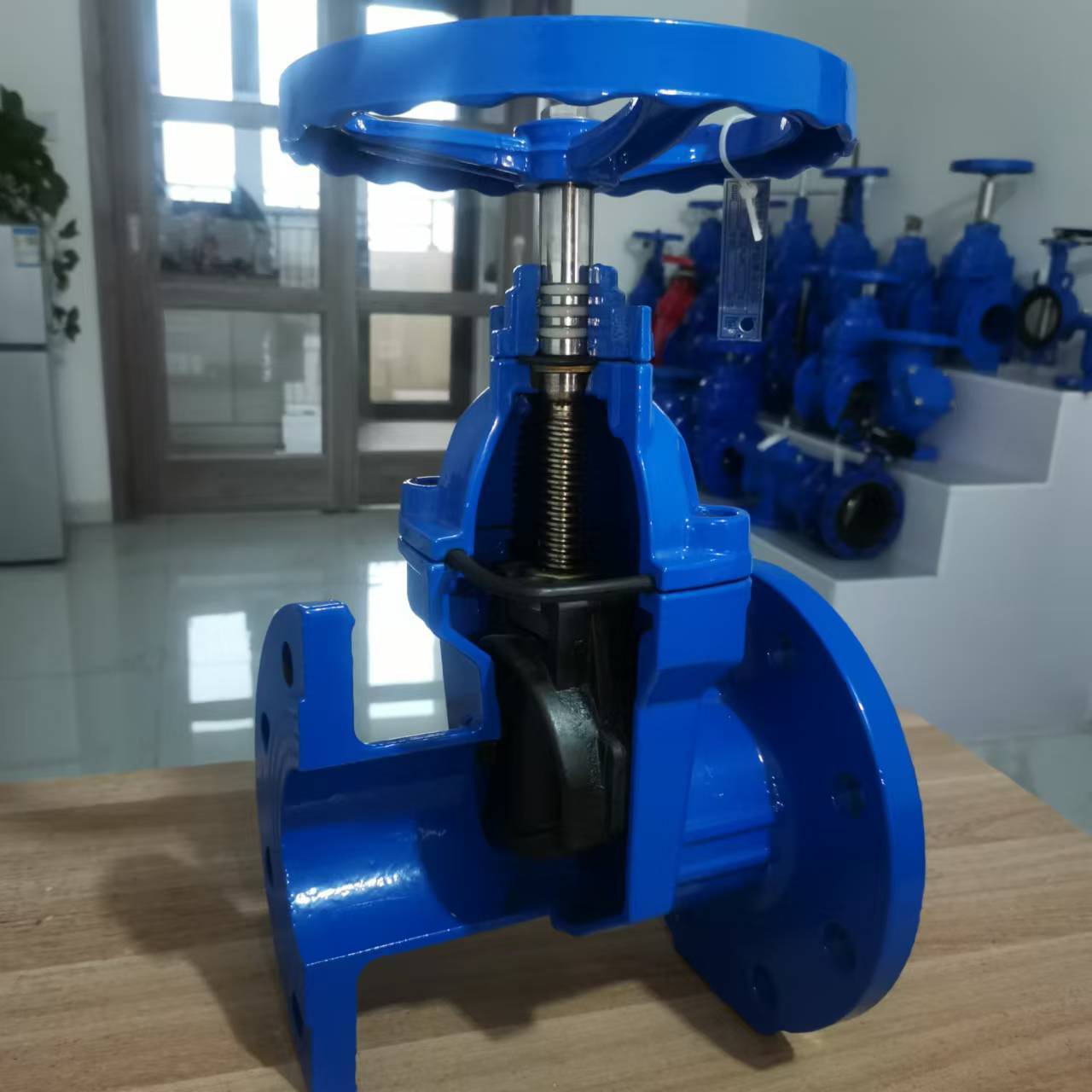Analysis and Solutions to Common Malfunctions of Gate Valves
Release Time:
Mar 28,2025
Analysis and Solutions to Common Malfunctions of Gate Valves

Gate valve is a common type of valve that may encounter various malfunctions during use. The following are common faults and maintenance methods for gate valves:
1. Leakage: The cause of gate valve leakage may be due to wear or damage to the sealing surface, aging or deformation of the sealing gasket, loose connection between the gate and valve seat, etc. The solution is to replace the sealing surface or gasket and tighten the loose parts of the connection
2. Stuck: The reason for gate valve jamming may be due to the deposition of material between the gate and valve seat, rust or bending of the valve stem, or excessive tightness between the gate and valve seat. The solution is to remove dirt, repair or replace the valve stem, and loosen the tightness between the gate and valve seat
3. Unable to open or close: The reason why the gate valve cannot be opened or closed may be that the gate has lost its clamping, the connection between the valve stem and thread is loose, or the resistance of the valve is too high. The solution is to re tighten the gate, tighten the connection between the valve stem and the thread, and reduce the resistance of the valve
4. High noise: The reason for the noise generated by gate valves during operation may be due to air or fluid oscillations between the valve and the valve seat, excessive friction between the valve and the pipeline, uneven sealing surfaces, etc. The solution is to eliminate air or fluid oscillations, optimize the connection between gate valves and pipelines, and replace uneven sealing surfaces
5. Packing leakage: Check if the packing gland is tightly pressed or biased, select the correct packing and install it correctly
6. Valve stem failure: The valve stem is one of the key components of gate valves, and common failures include valve stem jamming and valve stem fracture or deformation. The solution is to clean the surface of the valve stem and lubricate it. If the valve stem breaks or deforms, a new one needs to be replaced





